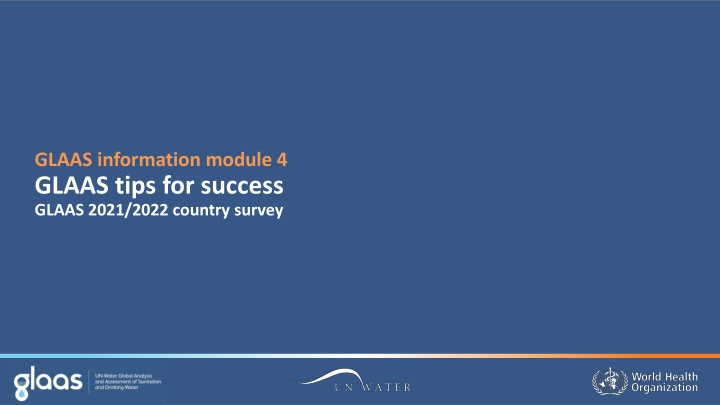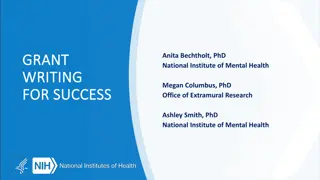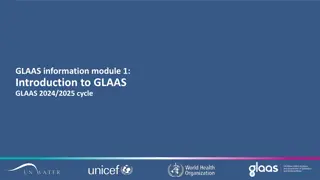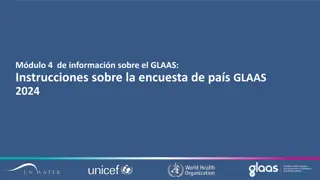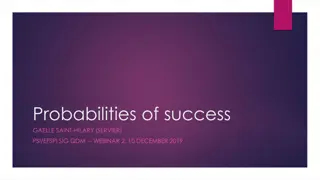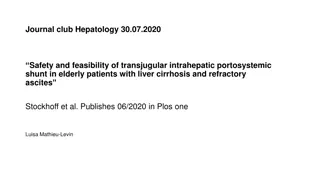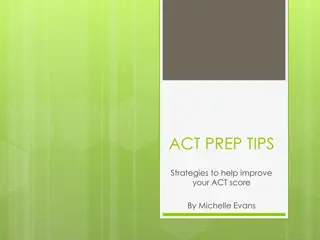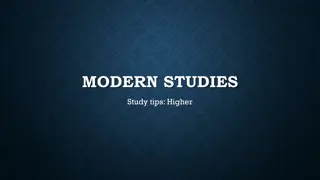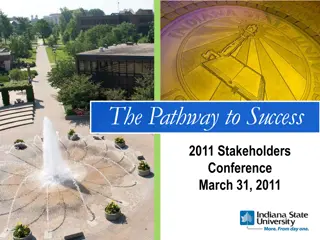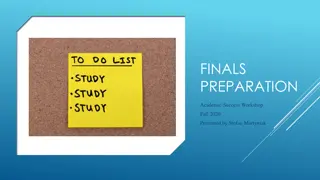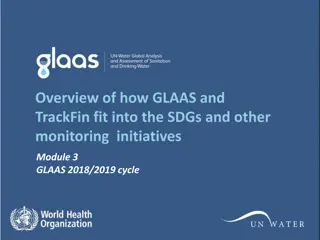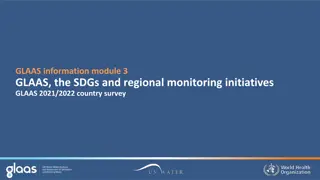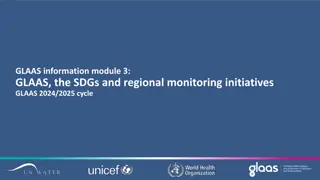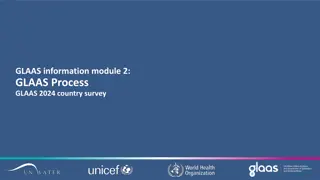GLAAS tips for success
A comprehensive guide on GLAAS survey process including tips for success. Learn how involving stakeholders, using the right tools, and avoiding common errors can enhance the survey experience. Access fillable PDF instructions, error reporting guidelines, and more for effective data collection. Stay informed to make the most of GLAAS 2021/2022 country survey.
Download Presentation

Please find below an Image/Link to download the presentation.
The content on the website is provided AS IS for your information and personal use only. It may not be sold, licensed, or shared on other websites without obtaining consent from the author.If you encounter any issues during the download, it is possible that the publisher has removed the file from their server.
You are allowed to download the files provided on this website for personal or commercial use, subject to the condition that they are used lawfully. All files are the property of their respective owners.
The content on the website is provided AS IS for your information and personal use only. It may not be sold, licensed, or shared on other websites without obtaining consent from the author.
E N D
Presentation Transcript
GLAAS information module 4 GLAAS tips for success GLAAS 2021/2022 country survey
GLAAS process Involve as many relevant stakeholders as possible to get the most benefit from the GLAAS process, including government and non-governmental actors, as well as the SDG focal point. The data collection period for GLAAS is about six months. To streamline efforts, the GLAAS survey process can be integrated into a joint sector review or other national or regional monitoring processes that are occurring within the data collection period. If you have any questions, please contact glaas@who.int.
About the fillable PDF Use an updated version of Adobe Acrobat Reader DC when filling out the GLAAS survey. A free version can be downloaded in English at: https://get.adobe.com/reader/. Complete the survey on a desktop version of Adobe Acrobat Reader not a web browser version. Save the PDF version of the GLAAS survey regularly if it is not saved, responses may be lost.
Filling out the PDF Avoid using punctuation such as slashes (/), hyphens (-), bullets or dashes ( ) to start sentences or lists. Write years as YYYY and ranges of years should be written as YYYY to YYYY. Do not use hyphens between the years. Correct: YEAR: 2018 RANGE: 2018 to 2021 Incorrect: YEAR: 18 RANGE: 2018-2021 Please avoid using acronyms. Time will be saved during the quality assurance process if acronyms are avoided and instead written out fully. When monetary values are requested, please indicate the currency in the space allotted using the three letter ISO currency code. The currency codes can be found at: https://treasury.un.org/operationalrates/OperationalRates.php
Filling out the PDF error messages For certain questions, you may encounter an error message if you enter the wrong type of information.
Filling out the PDF errors reporting years For example, in the image below the value entered in the cell is not valid because the field asks for a year . All years should be entered as four digits e.g. 2021. In this case, 202021 is not a valid response to this question. The error message will indicate which values are valid.
Filling out the PDF errors reporting percentages For questions that require a percentage answer, only numbers between 0 and 100 are allowed. You will not be able to add the percent sign (%). In this case, 200 is not a valid response to this question. The error message will indicate which values are valid.
Filling out the PDF numeric responses Some numerical responses allow both numbers and letters to be entered into the cells. This may be so that you can include the currency of the values or other details. Only provide the information requested. e.g. monetary amount and currency This is correct. Only monetary values are provided with currency. No symbols. When indicating the currency, please use the three letter ISO currency code. The currency codes can be found at: https://treasury.un.org/operationalr ates/OperationalRates.php This is incorrect. Avoid responses that start with symbols including hyphens, slashes, commas or periods.
Filling out the PDF numeric responses For some (not all) numerical responses, only numeric digits can be entered into the cells. Letters cannot be entered into the cells. Symbols cannot be entered into the cells, including commas, periods and hyphens. As symbols are not allowed in these cells, ensure that your numeric answers include the correct number of zeros, e.g. 1000 vs. 100000. For example, these cells require numbers and do not allow letters or symbols to be entered.
Filling out the PDF error messages If you have trouble entering information in a response cell: double check the instructions in the country survey or check for further information in the survey guidance document to make sure you are entering the information required for the question. For example, numbers when the question is asking for a numerical answer. If you have any questions, please contact glaas@who.int.
General tips In a long response, all text might not be visible. In this case, scroll through the text using the arrows on your keyboard. For longer responses, it is helpful to draft it outside of the PDF and paste it into the survey. For some questions, your answers might be the same as previous questions. Do not use same as above , please copy and paste the answer for the question. If a question asks for a policy, plan or regulation, please only list the most relevant document. We understand that countries often have multiple policies/plans, but the survey is designed to collect data on only one per question.
Thank you! For additional information please contact glaas@who.int
